Today we are going to look into fungible vs Non-Fungible Tokens, aka NFTs, aka nifty. They burst into the mainstream with the sudden popularity of cryptokitties – a virtual cat collectible game. While the Ethereum-based ERC-721 remains the most popular NFT in the market, there are several projects out there, like RSK, that have produced their own collectible tokens. So, before we go into any of this, let’s do some background research.
What is A Token?
In real life, a token is a thing which serves as a visible or tangible representation of a fact, quality, feeling, etc. you can empty your pockets right now and the chances are that you will stumble across a lot of real-life tokens.
- Your office ID card shows that a company gainfully employs you.
- Your driving license is a token, representing the fact that you have taken the training required to drive in your country.
- Your hotel key card shows that you have paid the hotel for your room.
Similarly, in the cryptoverse, a token is a representation of “something” in its particular ecosystem. It could value, stake, voting right, or anything. A token is not limited to one specific role; it can fulfill many roles in its native ecosystem. A token represents an asset or utility that a company has, and they usually give it away to their investors during a public sale.
Fungible vs Non-Fungible Tokens
Alright, we have gained some background info on how tokens work, let’s look at the difference between fungible and non-fungible tokens. According to Investopedia:
“Fungibility is a good or asset’s interchangeability with other individual goods or assets of the same type.”
Let’s understand this with an example.
Suppose you borrow a $100 note from a friend. To pay her back, do you really need to pay her back with the exact same note?
Absolutely not.
You can pay her back with another $100 note. In fact, you can give your friend 2 50-dollar notes or even 10 10-dollar notes. It will be perfectly fine because dollars (or paper currencies in general) are, for the most part, fungible.
Now, let’s suppose you borrow your friend’s car. Will she be ok with you returning some other car to her? What if you break up her car and return her the engine, wheels, doors, etc.? You’ll be lucky if she doesn’t file a complaint against you!
So, what happened here?
A car counts as a collectible, which is why it is non-fungible.
This is the fundamental difference between a fungible asset and a non-fungible asset.
Currencies gain more value by their fungibility. The more widely regarded and accepted a specific currency is, the more people will use it, and hence more it’s perceived value will be. So, if payment is one of the main utilities of the token that you are interested in, then you should check whether the token is fungible or not.
Non-fungibility is a desired asset when your token is a collectible and gains its value from its uniqueness.
Ethereum Token Standards: ERC-20 vs ERC-721
To create a healthy ecosystem, it is essential that the Dapps built on top of Ethereum can seamlessly interact with one another. However, what will happen if we have two tokens, say Token Alpha and Token Beta, and both of them have different smart contract structures?
For the two tokens to interact, the developers will need to carefully study both their contracts and map out exactly how these tokens will work with each other.
Now, this doesn’t really bode well for scalability, does it?
If there are 100 different tokens with 100 different contracts, then to narrow down on all the qualifications and conditions required to make sure that transfers can go through between all these tokens will need a humongous amount of complex calculations. This is not an ideal scenario at all.
This is why a decision was taken to standardize the rules that govern the token’s underlying architecture. These sets of rules are called ERC-20. The “ERC” stands for “Ethereum Request for Comment,” while the number ’20’ is assigned to this request.
Let’s look into what builds the foundations of ERC20:
- totalSupply
- balanceOf
- transfer
- transferFrom
- approve
- allowance
Now, these are the rules and functions that the ERC-20 tokens must mandatorily have. However, they can also have the following 3 optional characteristics.
- Token Name
- Symbol
- Decimal (up to 18)
These rules define the ERC-20, fungible standard.
Properties of Fungible Tokens
- Another token of the same type can replace one token.
- The underlying rules that are governing the tokens are the same.
- Fungible tokens are divisible, and various smaller fractions could be used to pay back a larger amount. E.g. 1 BTC can be paid back with 0.50 BTC, 0.30 BTC, and 0.20 BTC.
ERC-721 – The Non-Fungible Standard
The ERC-721 token standard helps create non-fungible tokens. In many ways, it is pretty similar to ERC-20 in functionality. This similarity exists for two reasons:
- Firstly, it is easier for developers to make the transition. , they won’t have to learn a host of new things
- It makes life much easier for users who can store these tokens in ordinary wallets and trade them on exchanges.
The interface for ERC-721 provides two methods:
- ownerOf: to query a token’s owner
- transferFrom: to transfer ownership of a token
ERC-721 Functions
The ERC-721 standard defines the following functions: name, symbol, totalSupply, balanceOf, ownerOf, approve, takeOwnership, transfer, tokenOfOwnerByIndex, and tokenMetadata. It also describes two events: Transfer and Approval.
Before we go into individual function discussions, you must know what we mean by the Token Ownership and Token Creation of the ERC-721 functions.
Pros and Cons of Non-fungible tokens
Pros
- ERC-721 standard can be a way with which every significant asset could be tokenized on a public or hybrid blockchain with complete immutability and security.
- Non-fungible tokens can be designed with way more resources than available to most during that time. Users can do this, adding extra context and information to the asset’s metadata.
Cons:
- The ERC-721 token standard is still relatively new.
- Fungible tokens are divisible upto a certain extent. ERC-721 simply can’t be divided and must be bought or sold whole.
As mentioned before, several projects have started issuing NFT tokens. One of those happens to be RSK.
What is RSK?
Rootstock (RSK) is a smart contract platform that is connected to the Bitcoin blockchain through sidechain technology. Rootstock was born to be compatible with Ethereum’s applications (the web3/EVM/Solidity model) . The idea behind the creation of RSK was to give the Bitcoin blockchain smart contract functionalities. At its very core, Rootstock is a combination of:
- A Turing-complete resource-accounted deterministic virtual machine (for smart contracts) compatible with Ethereum’s EVM.
- A two-way pegged Bitcoin sidechain (for BTC denominated trade) based on a strong federation.
- A SHA256D merge-mining consensus protocol (for consensus security relying on Bitcoin’s miners) with 30-seconds block interval. (for fast payments).
RSK: NFT Use Cases
Its partnership with Watafan can perfectly describe RSK’s advances in the field of non-fungible tokens.
Watafan will allow celebrities to create their own digital trading cards, aka watacards.
- Celebrities can give away the watacards to their fans as a gift or autograph.
- They can use their personal wallet to sign these cards cryptographically.
- Smart contracts protect the intellectual property of the idols.
- Every time fans trade watacards in the secondary market among each other. The concerned celebrity will receive a chunk of the shares.
- Watafan aims to propel digital property to the next level by leveraging smart contracts. Watafan idols can secure their copyright and digital identity with RSK smart contracts.
- Long-term, watacards will cement themselves as a new kind of asset that can help preserve the intellectual copyrights of artists, athletes, musicians, actors, and others.


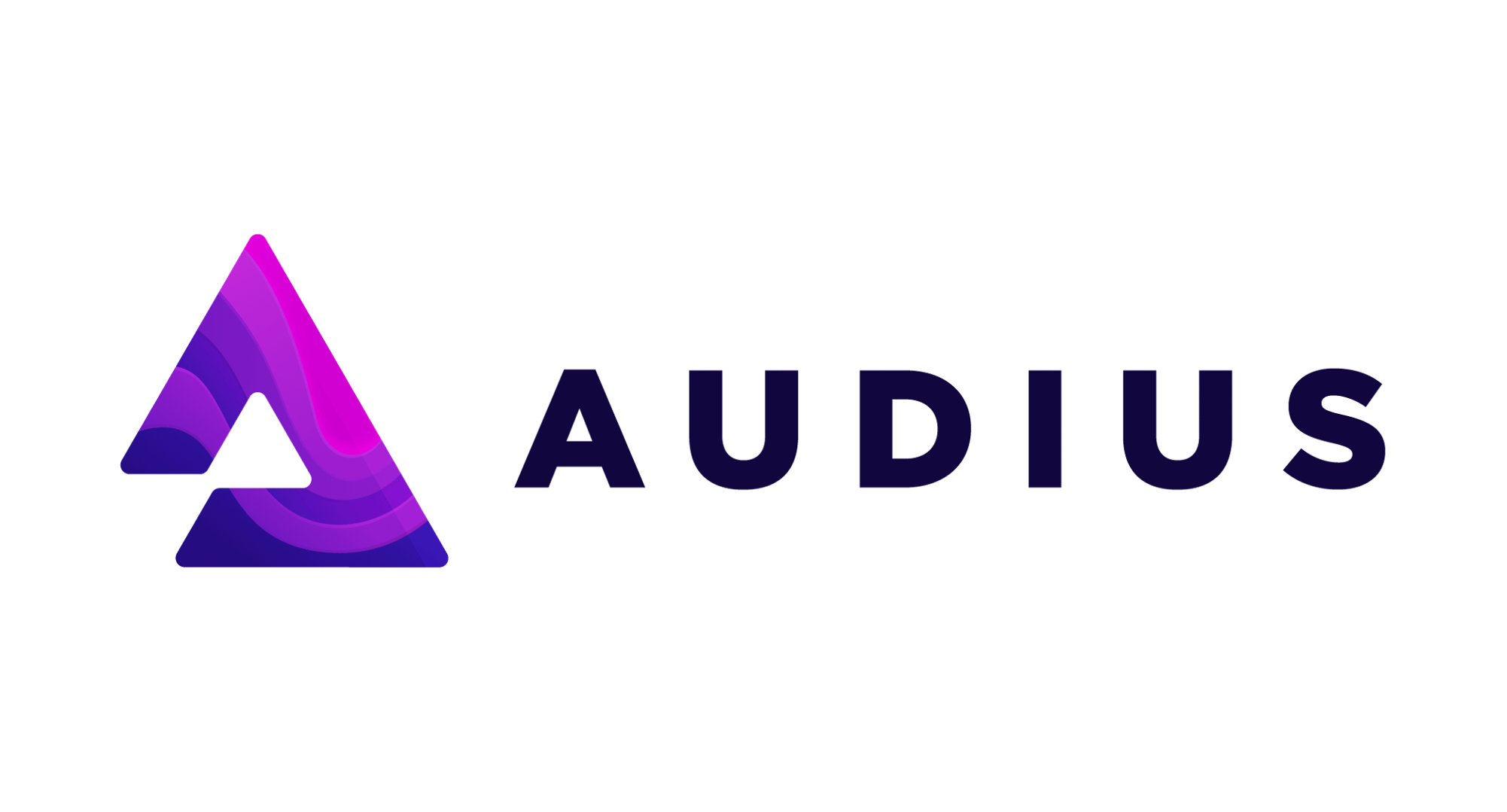



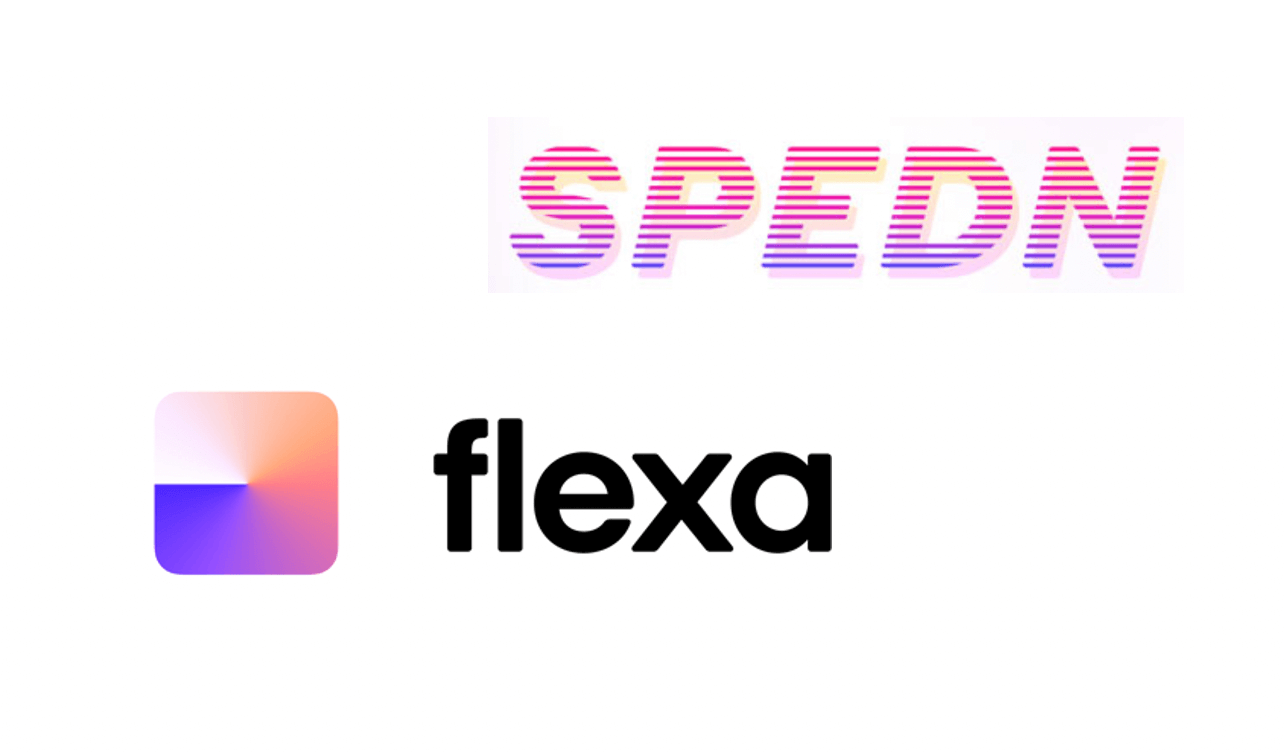

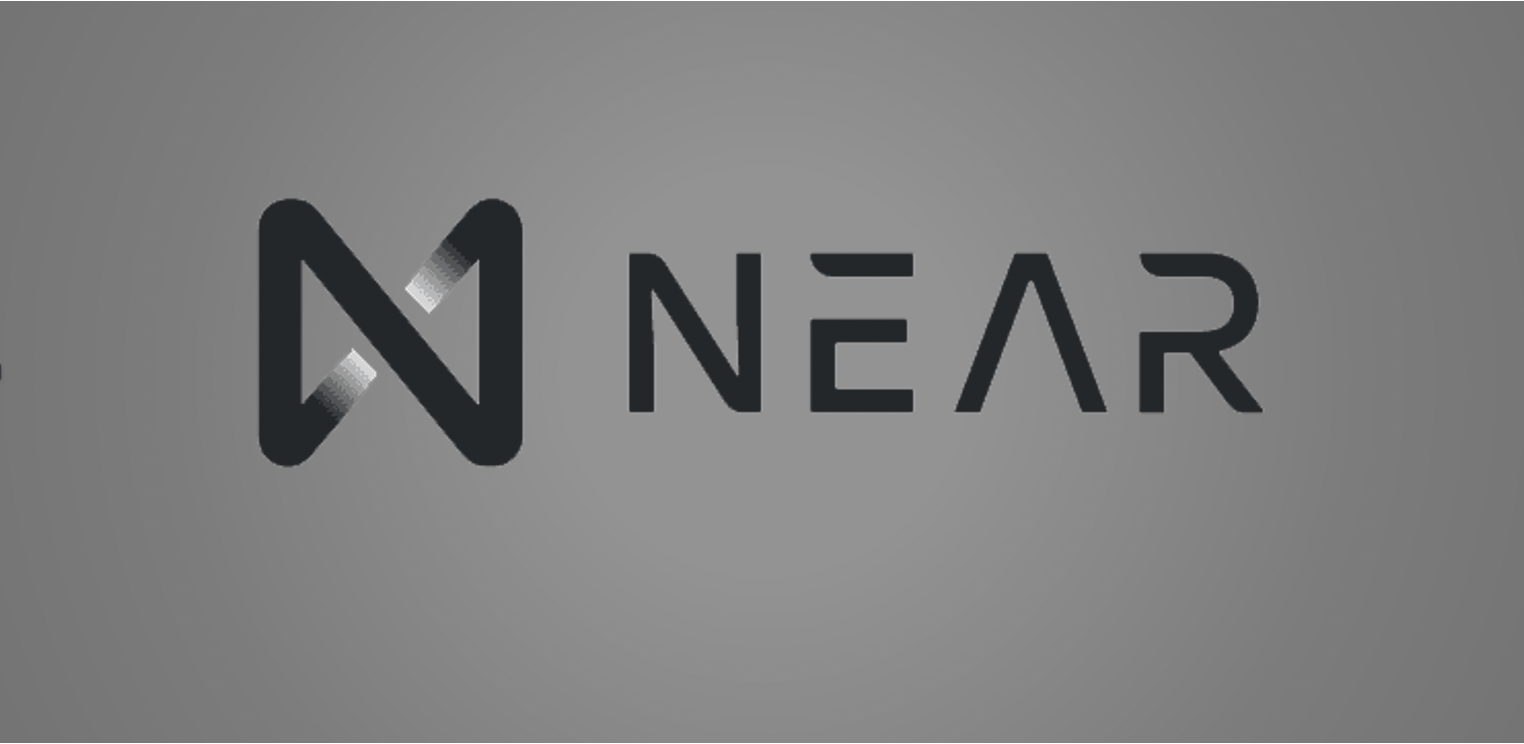
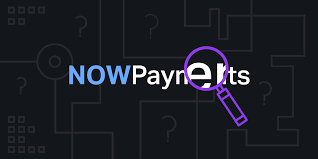
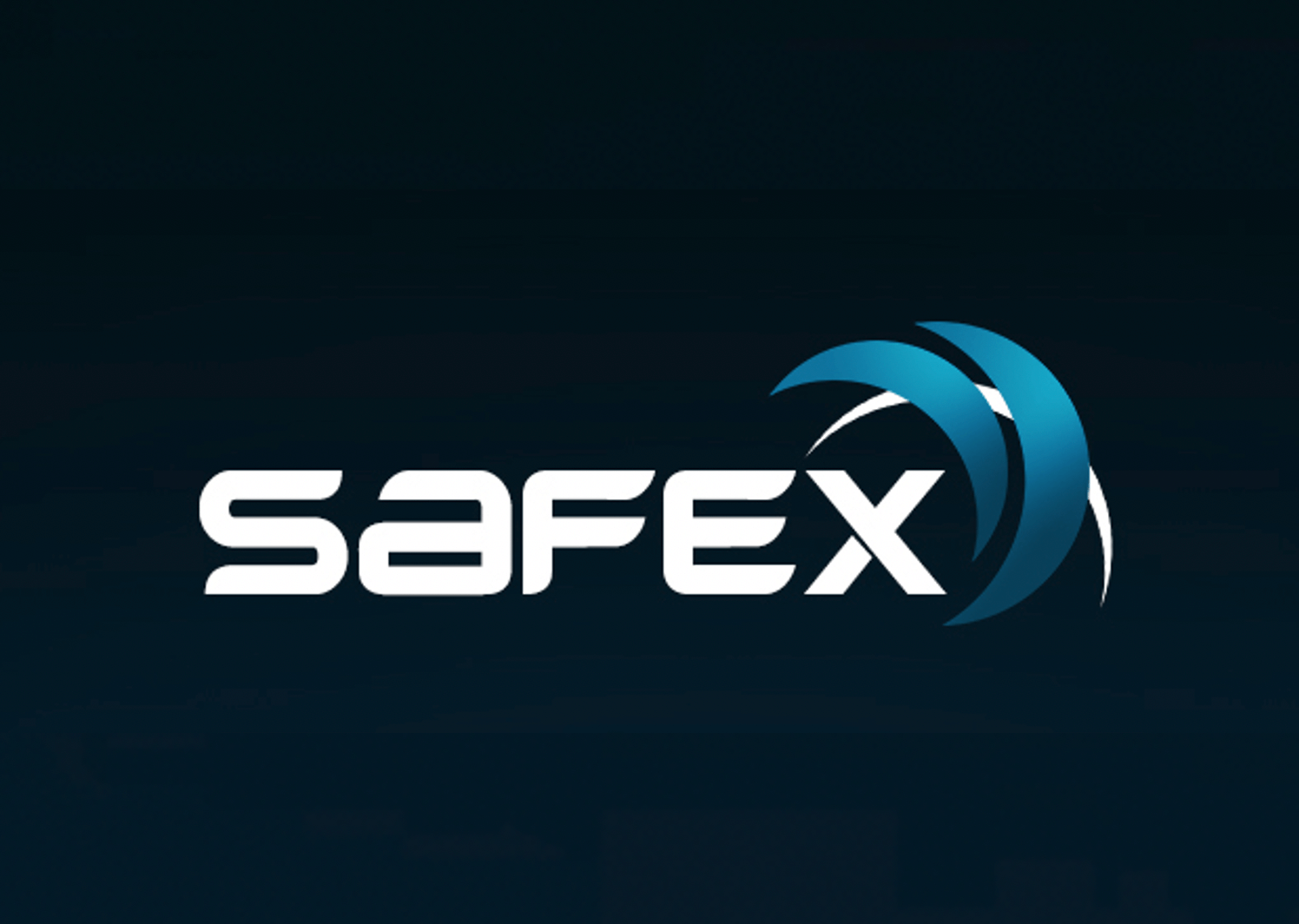

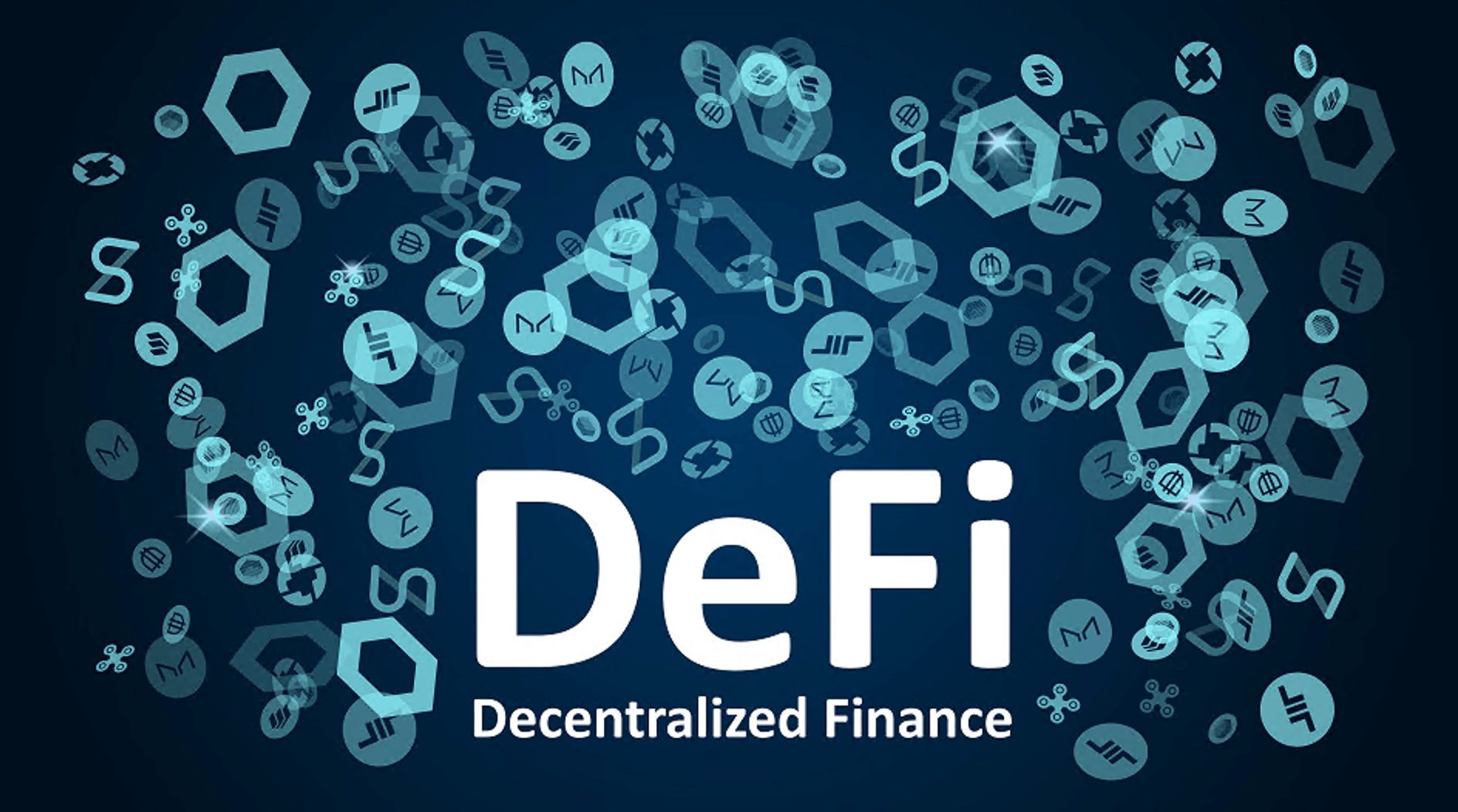
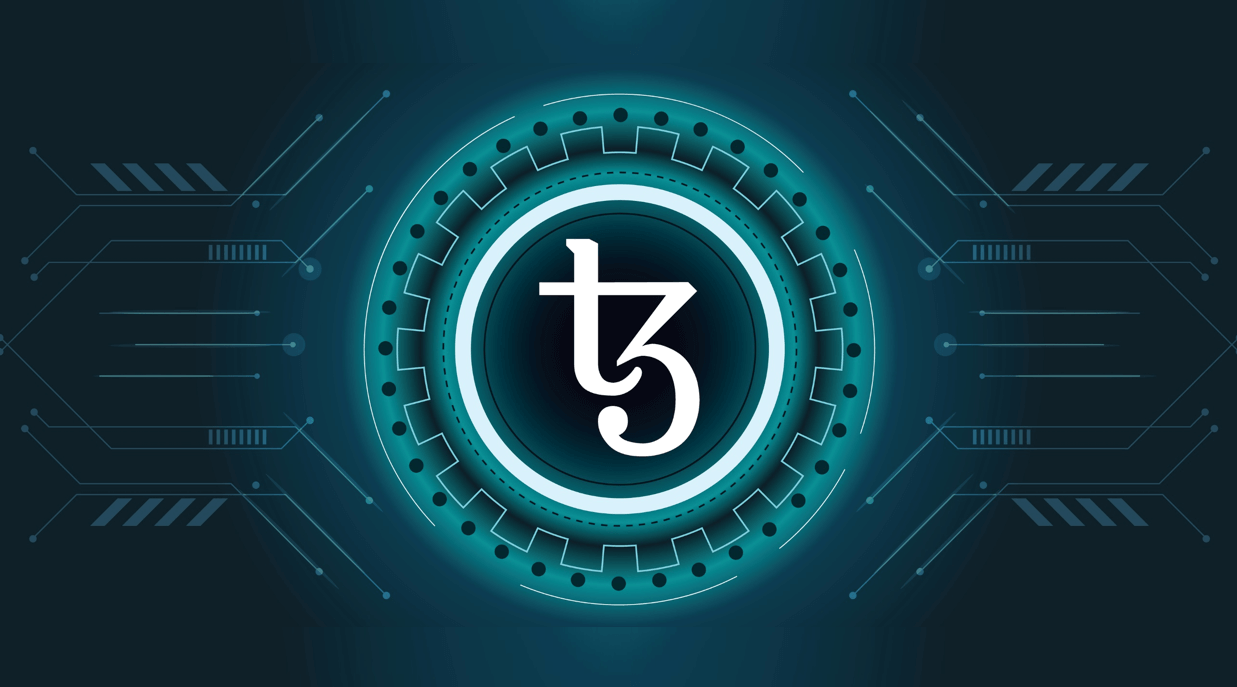


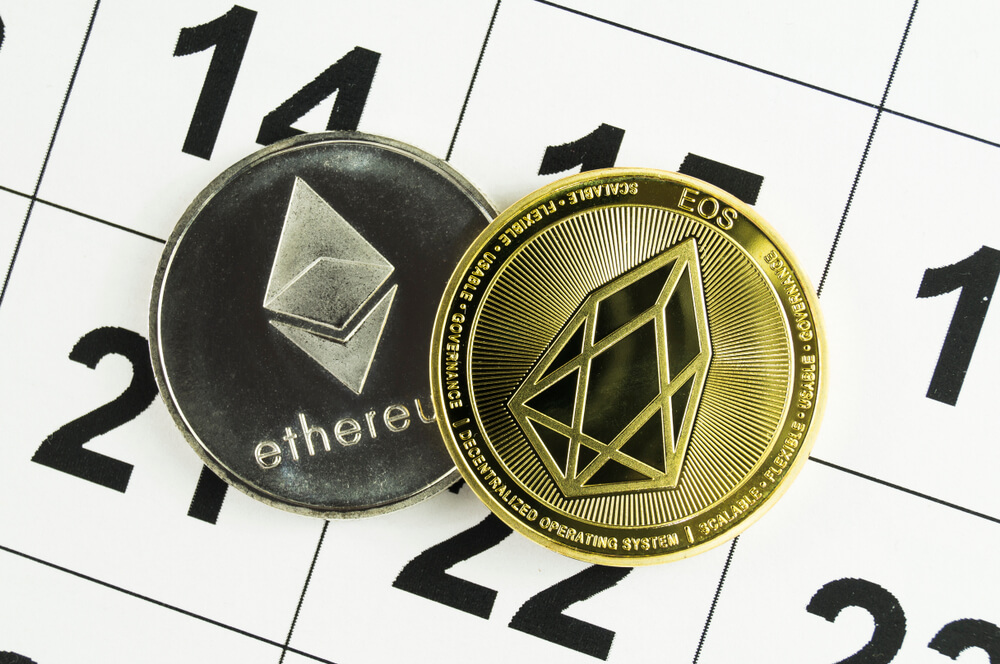
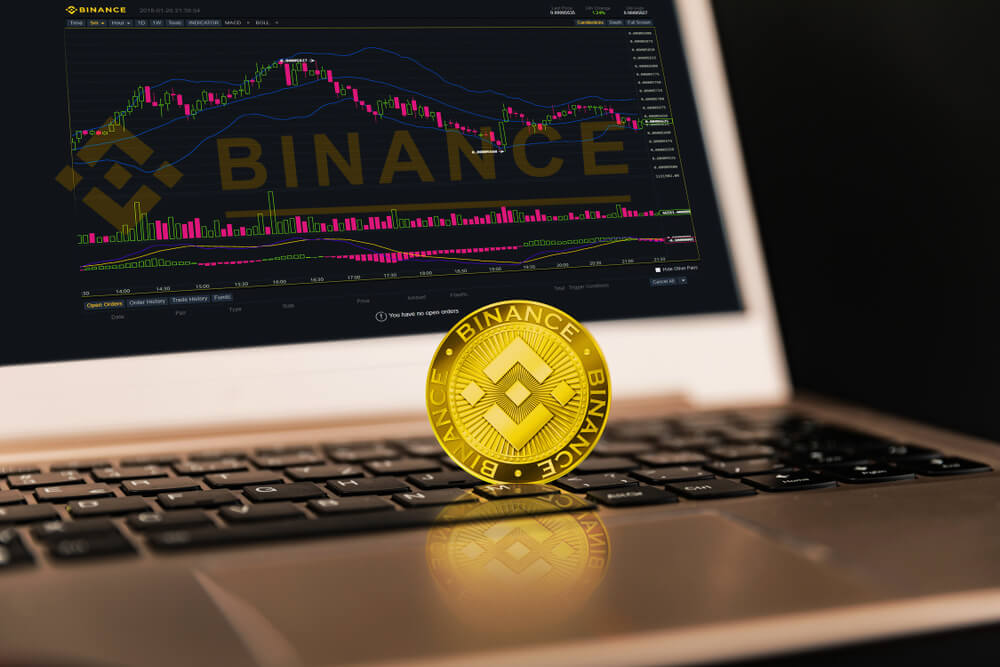

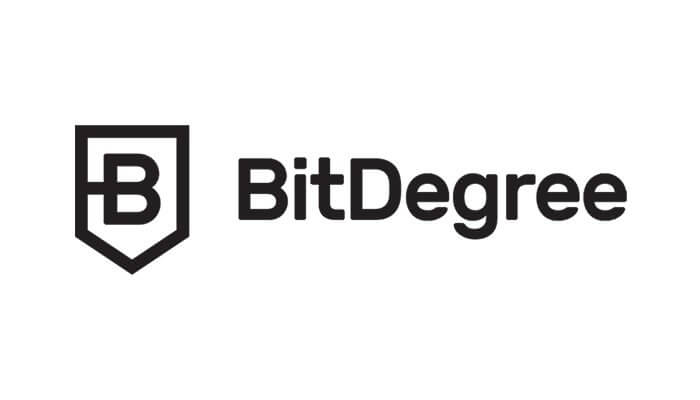


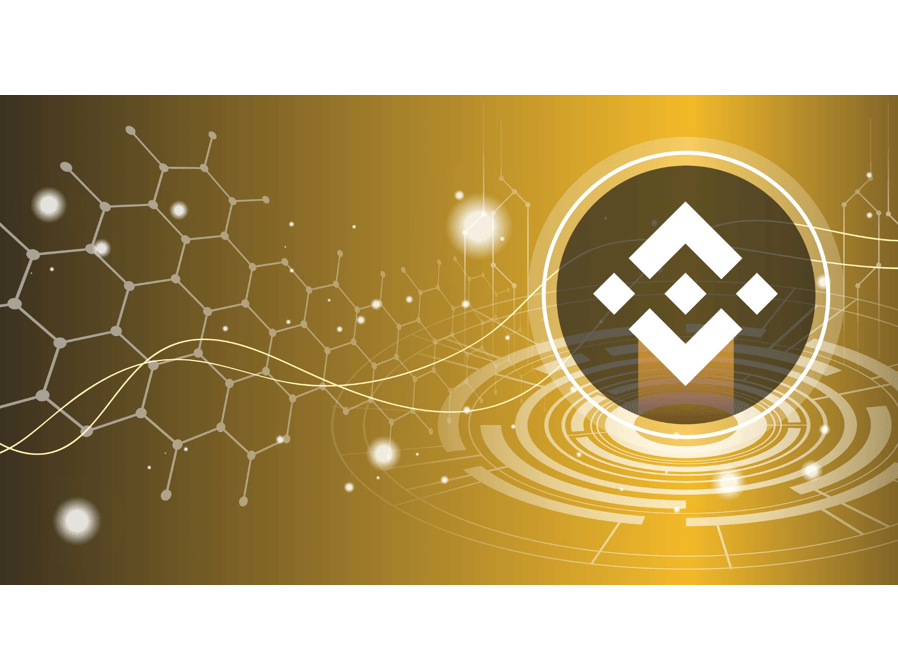
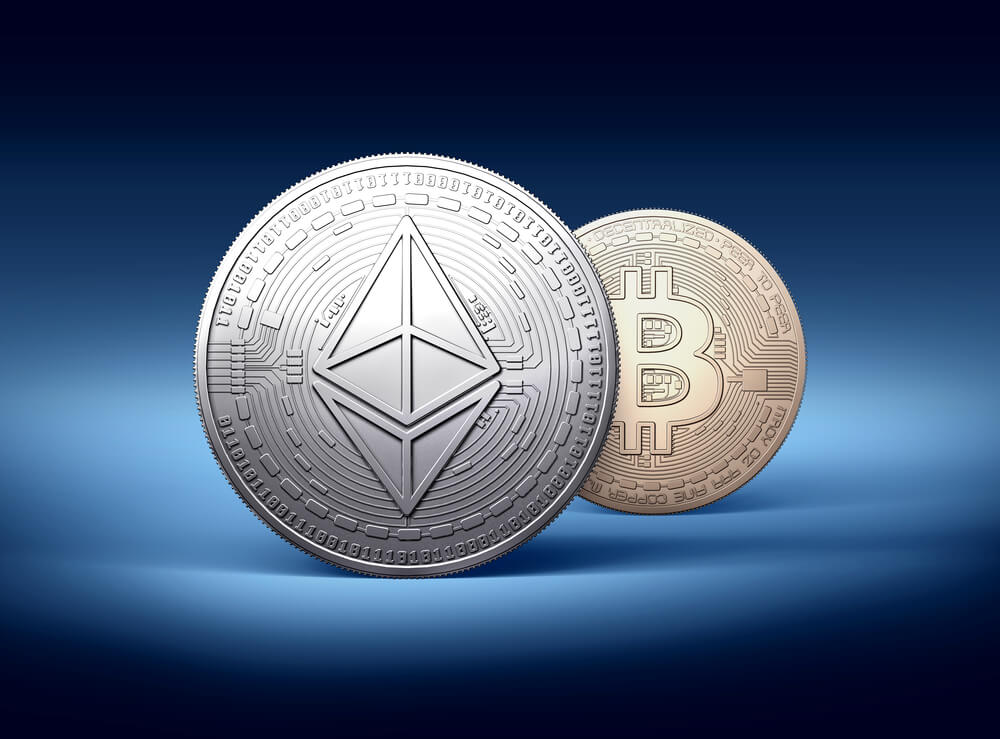
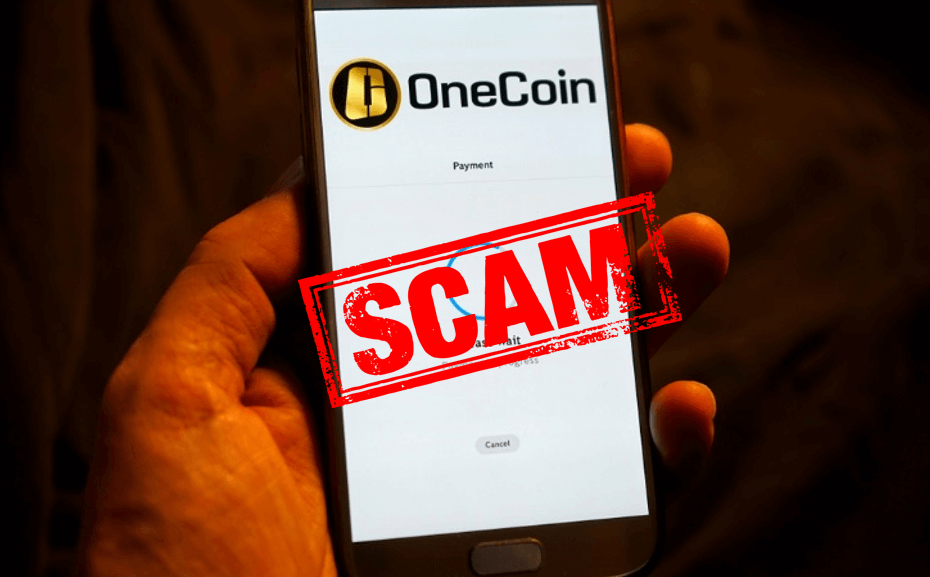
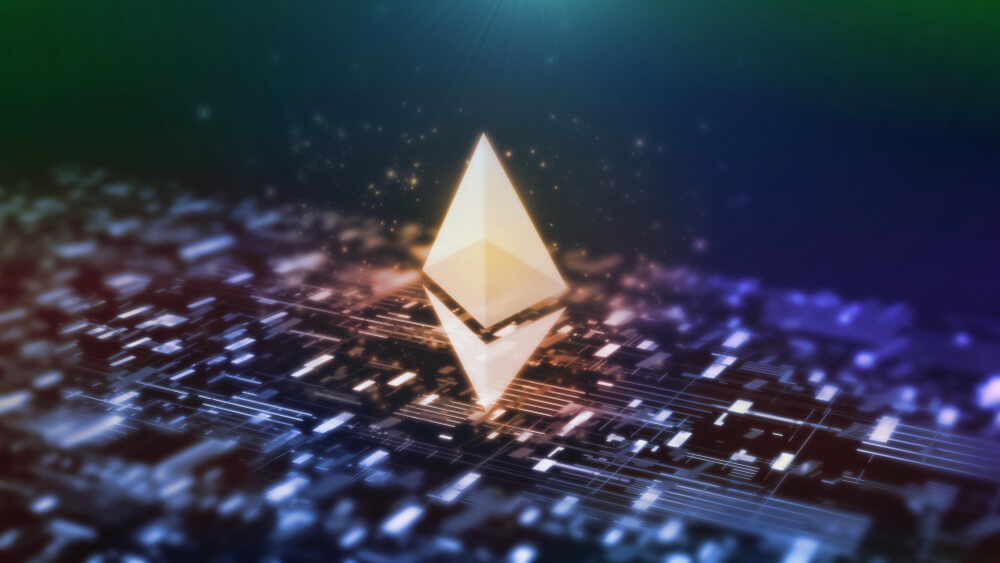




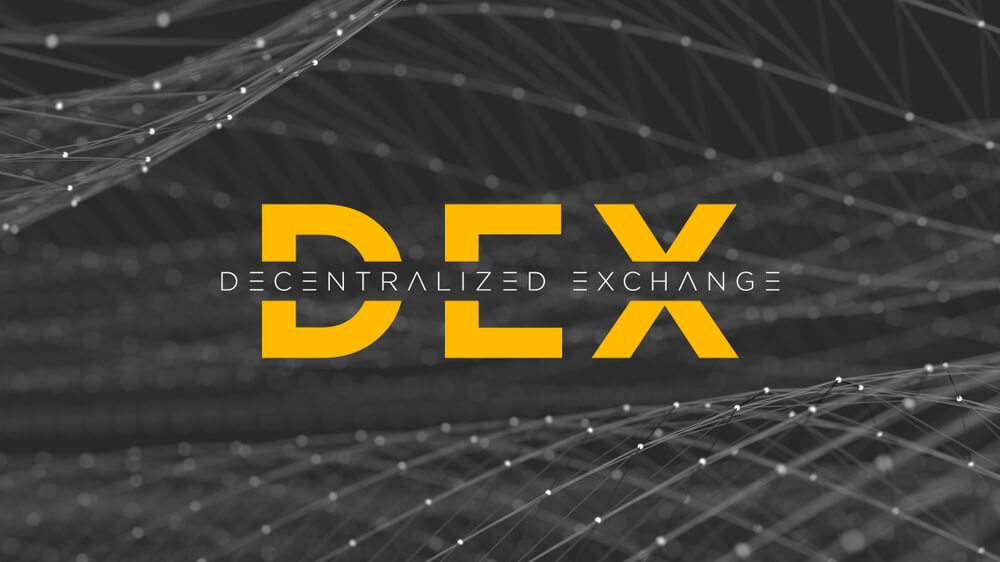

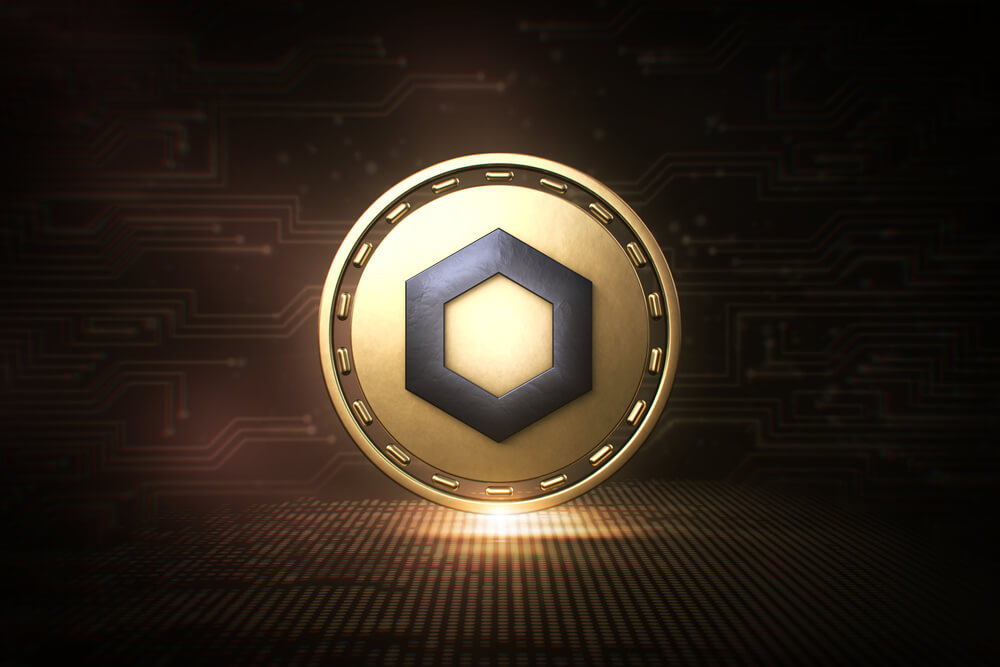




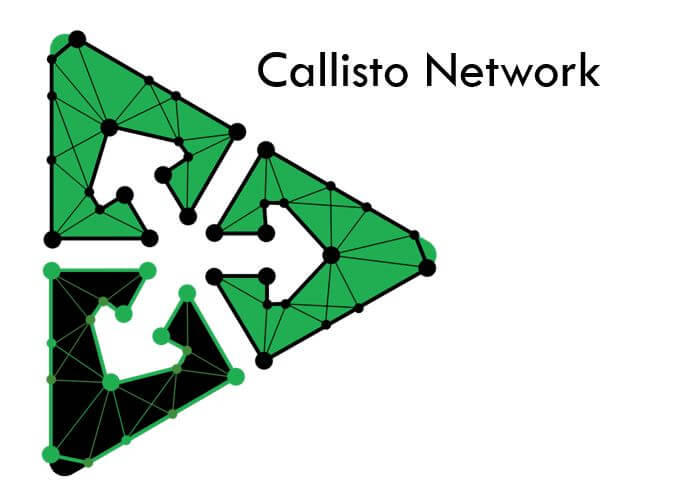


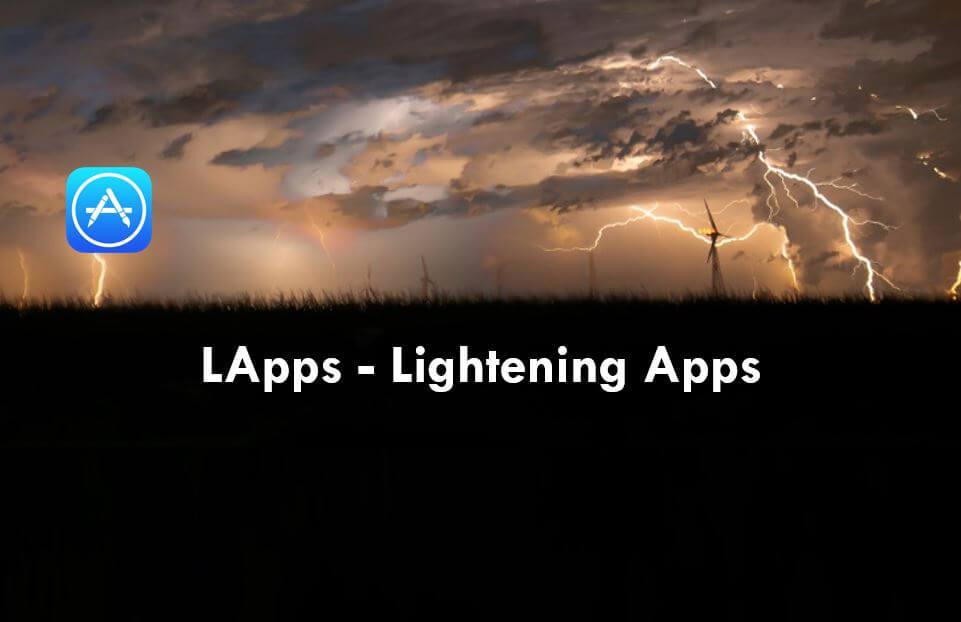




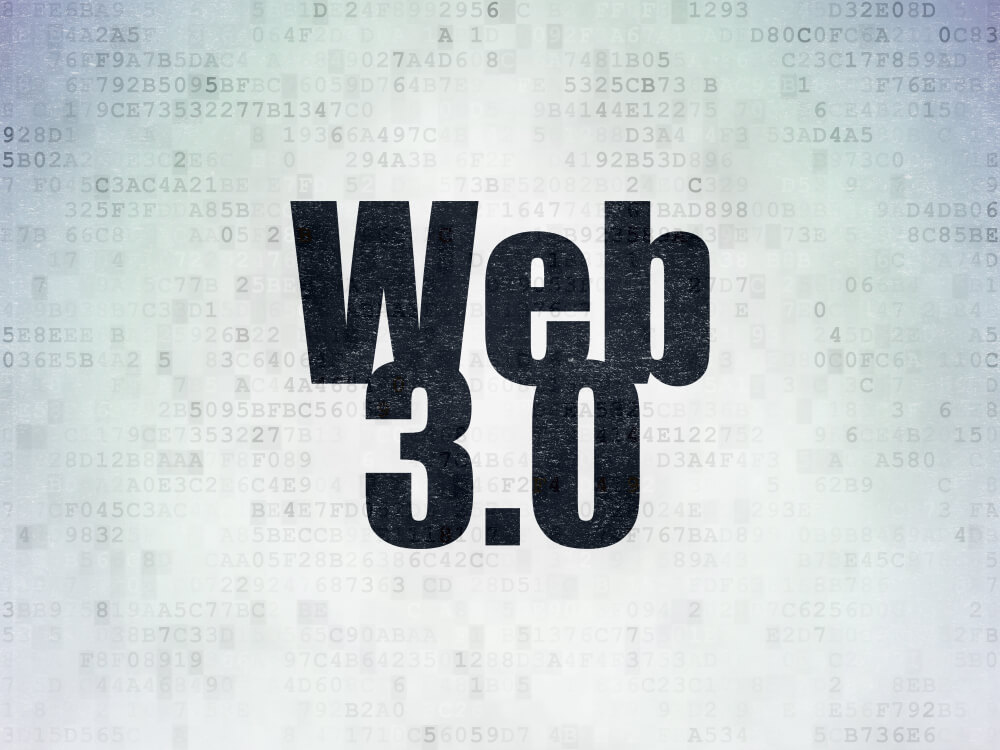





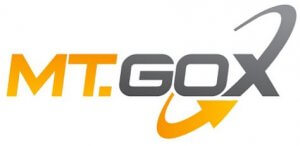 Mt.Gox, a Japan-based cryptocurrency stock exchange, was the biggest and busiest of exchanges, with 70% of bitcoin transactions from all over the world was going in the platform back then in 2013-14. With cryptocurrency or cryptocurrency exchanges, there were no regulations. There were many loopholes in the company’s management, like there was no VCS, Version Control Software. The VCS mainly stores all the information of all the features, coding set up of a particular version of the software product.
Mt.Gox, a Japan-based cryptocurrency stock exchange, was the biggest and busiest of exchanges, with 70% of bitcoin transactions from all over the world was going in the platform back then in 2013-14. With cryptocurrency or cryptocurrency exchanges, there were no regulations. There were many loopholes in the company’s management, like there was no VCS, Version Control Software. The VCS mainly stores all the information of all the features, coding set up of a particular version of the software product. Before the 2019 Hack of Ethereum classic, DAO hack was the major one in the Ethereum platform. DAO, Decentralized Autonomous Organization, is a smart contract that was supposed to revolutionize the platform. The DAO acts as a decentralized venture capital fund for all the future DAPPS getting developed in the platform. Anyone can buy DAO for some ether and gain voting rights for any proposed app developed in the platform.
Before the 2019 Hack of Ethereum classic, DAO hack was the major one in the Ethereum platform. DAO, Decentralized Autonomous Organization, is a smart contract that was supposed to revolutionize the platform. The DAO acts as a decentralized venture capital fund for all the future DAPPS getting developed in the platform. Anyone can buy DAO for some ether and gain voting rights for any proposed app developed in the platform.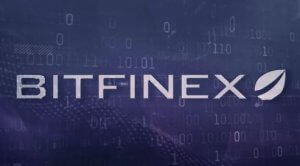 The Bitfinex exchange for increasing the security and ease the transactions for the users came up with multi-sig wallets with the collaboration of Bitgo. Multi-signature wallets are such wallets that have multiple keys. One key is owned and stored by the company. While the owner of the wallet has two keys, he may give one key to his trustworthy friend/relative, so that even he loses his key, he has a backup. Generally, the multi-signature wallets need two keys to operate.
The Bitfinex exchange for increasing the security and ease the transactions for the users came up with multi-sig wallets with the collaboration of Bitgo. Multi-signature wallets are such wallets that have multiple keys. One key is owned and stored by the company. While the owner of the wallet has two keys, he may give one key to his trustworthy friend/relative, so that even he loses his key, he has a backup. Generally, the multi-signature wallets need two keys to operate.